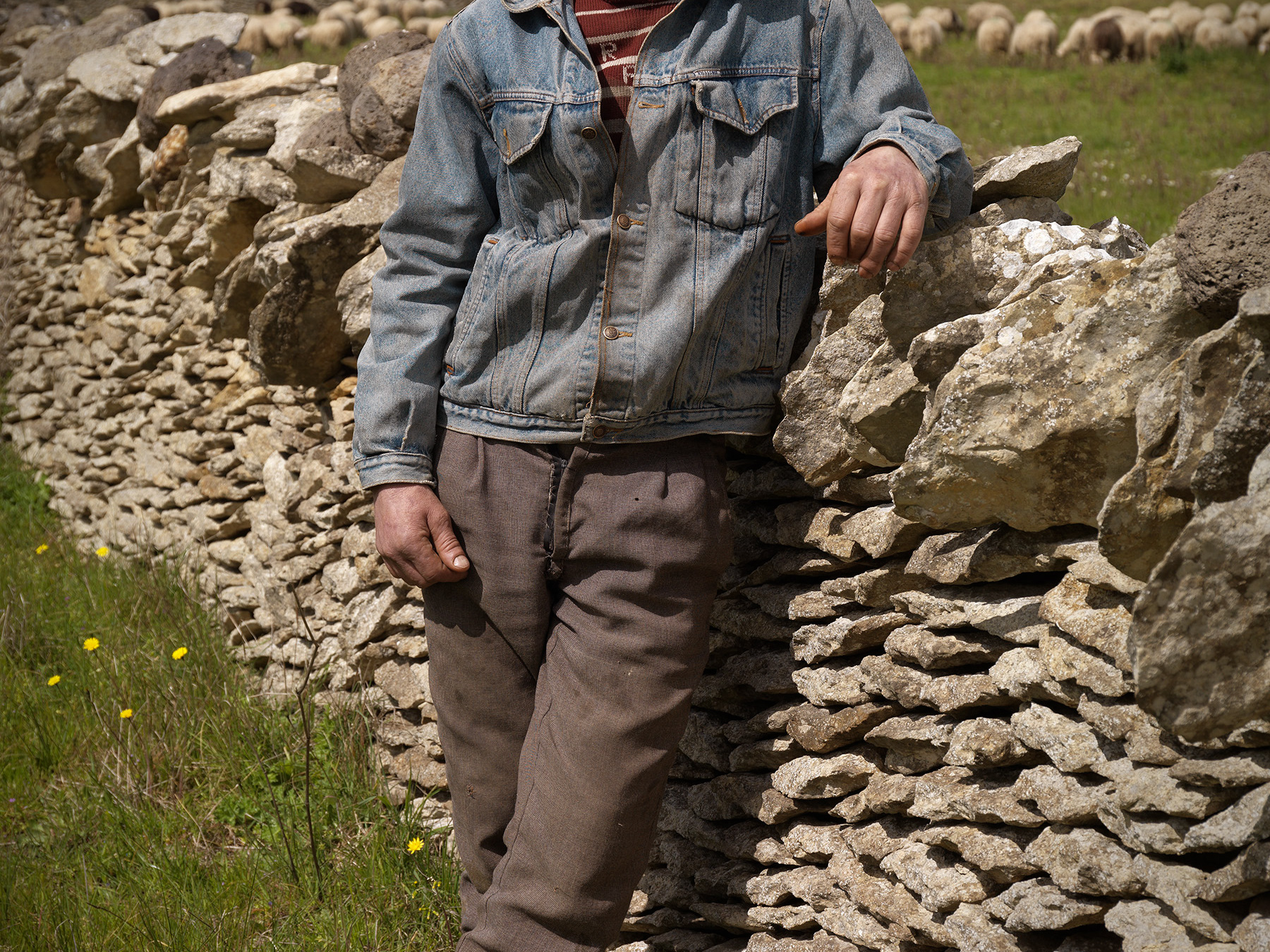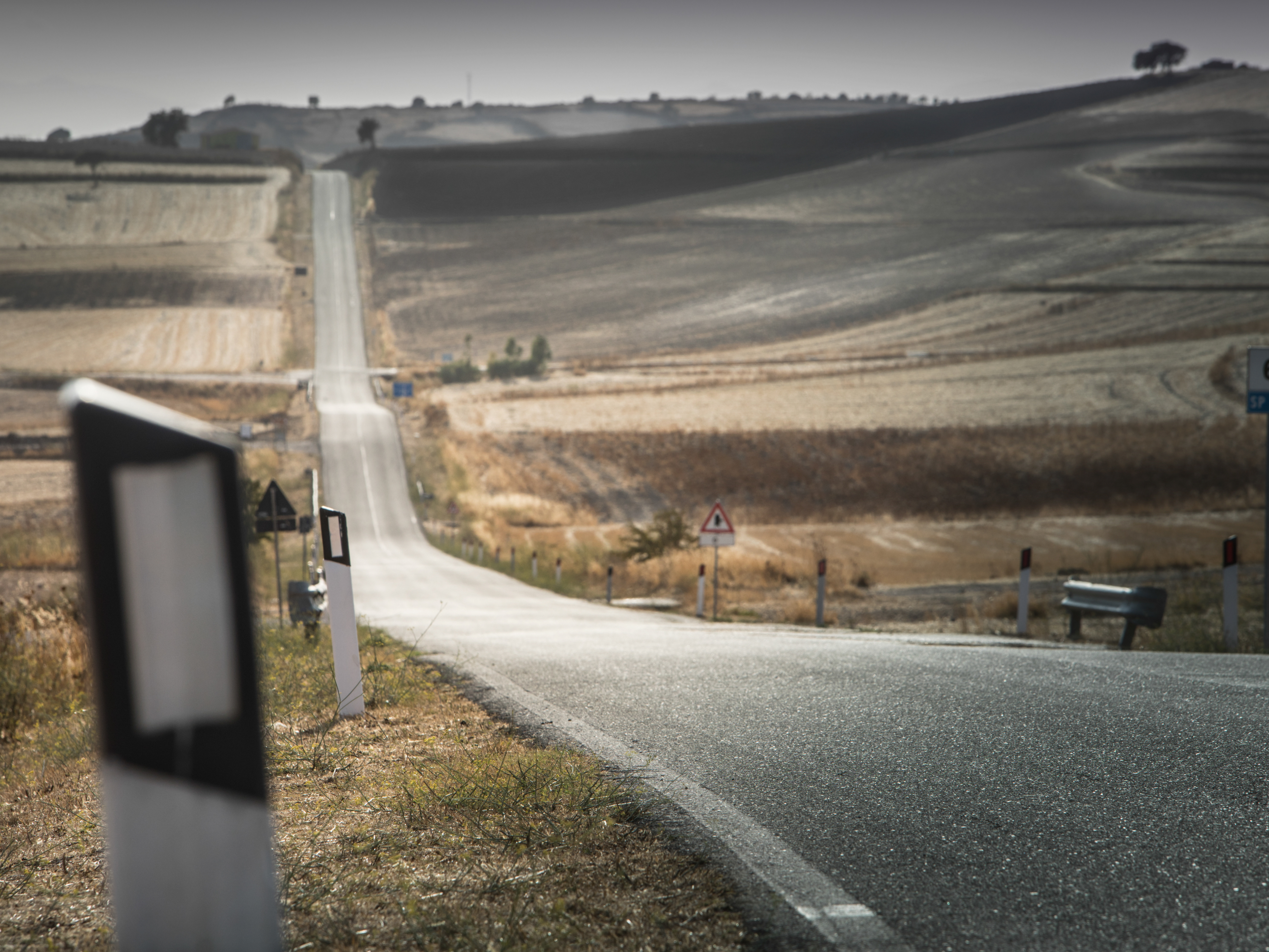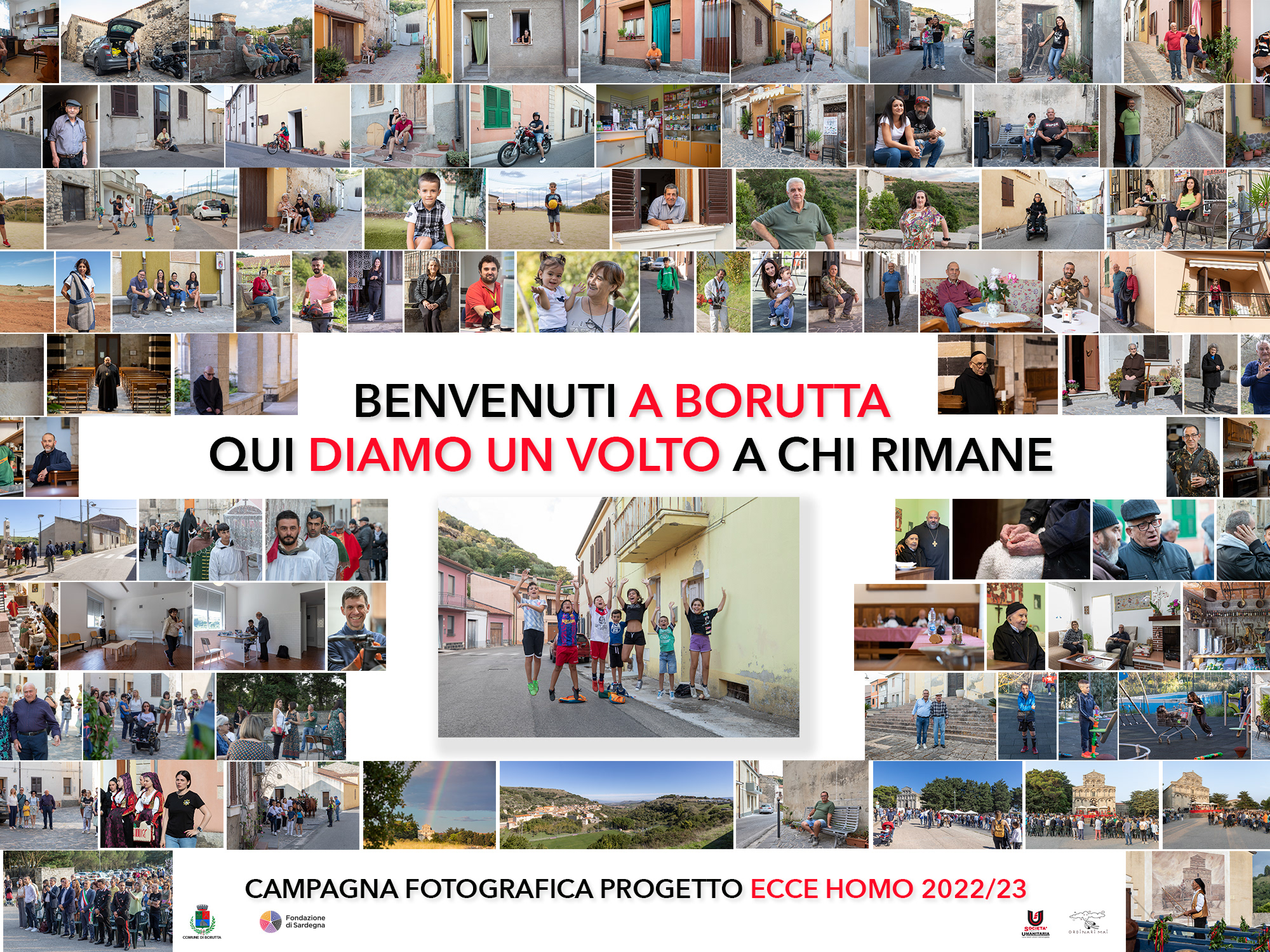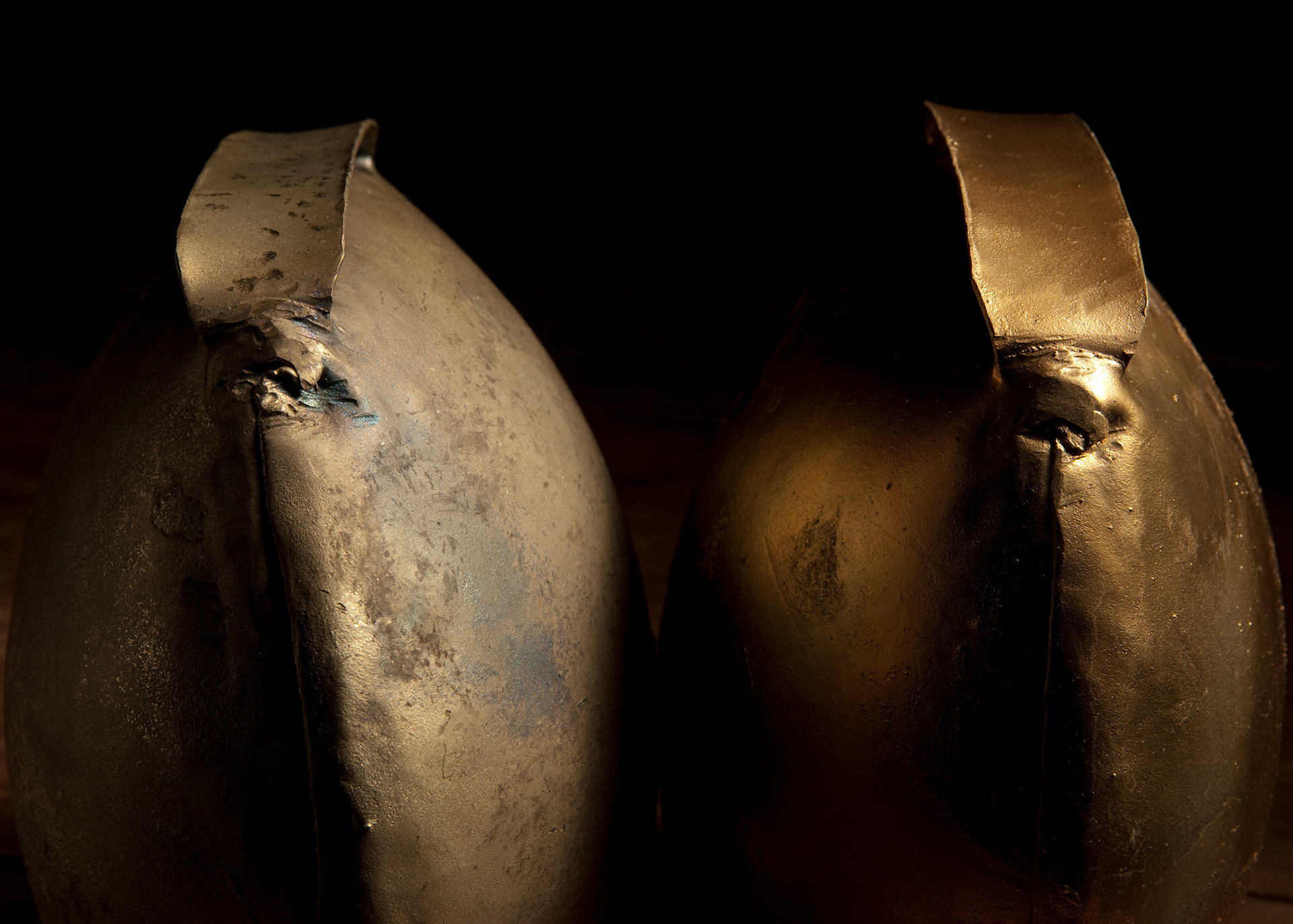

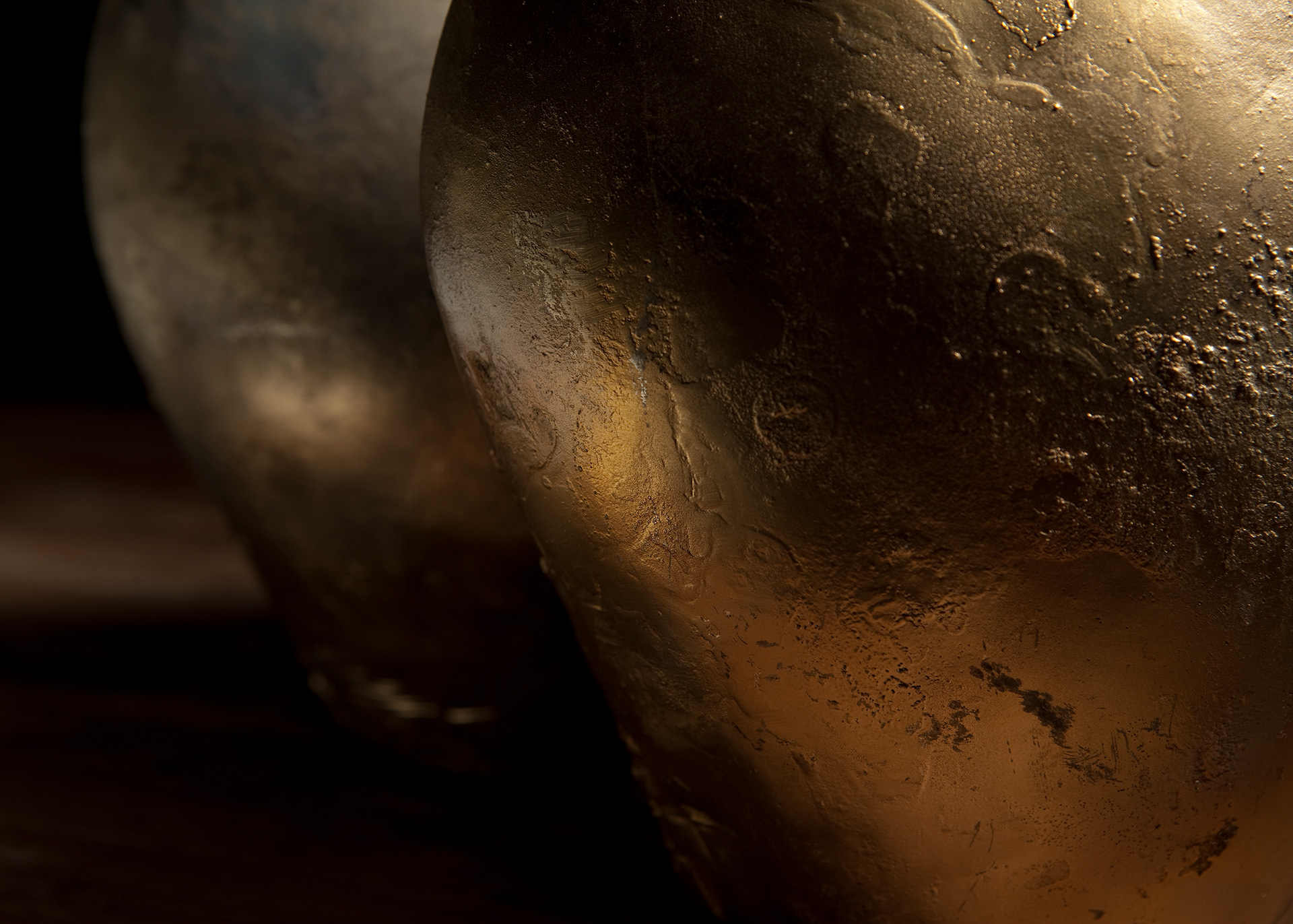
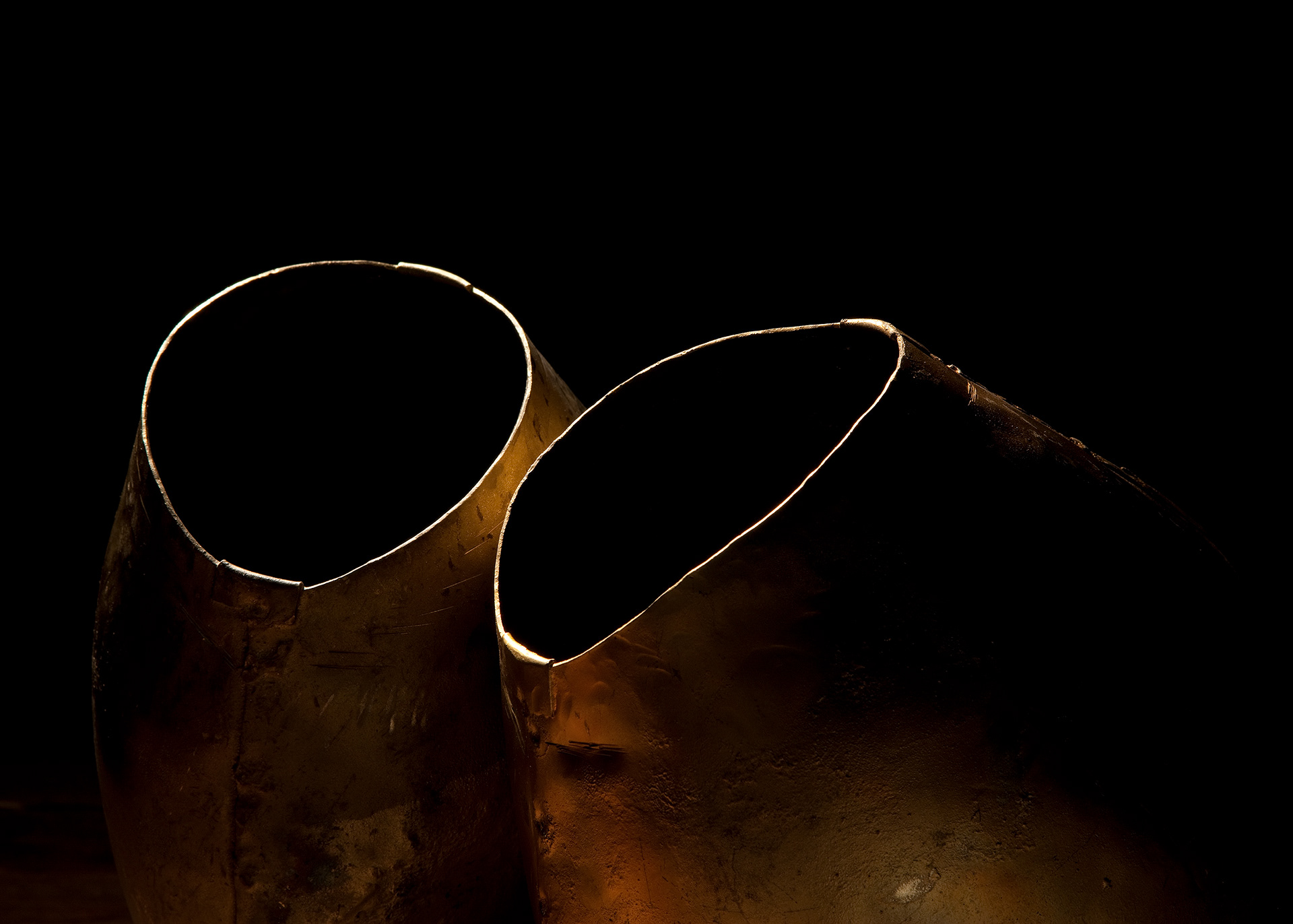

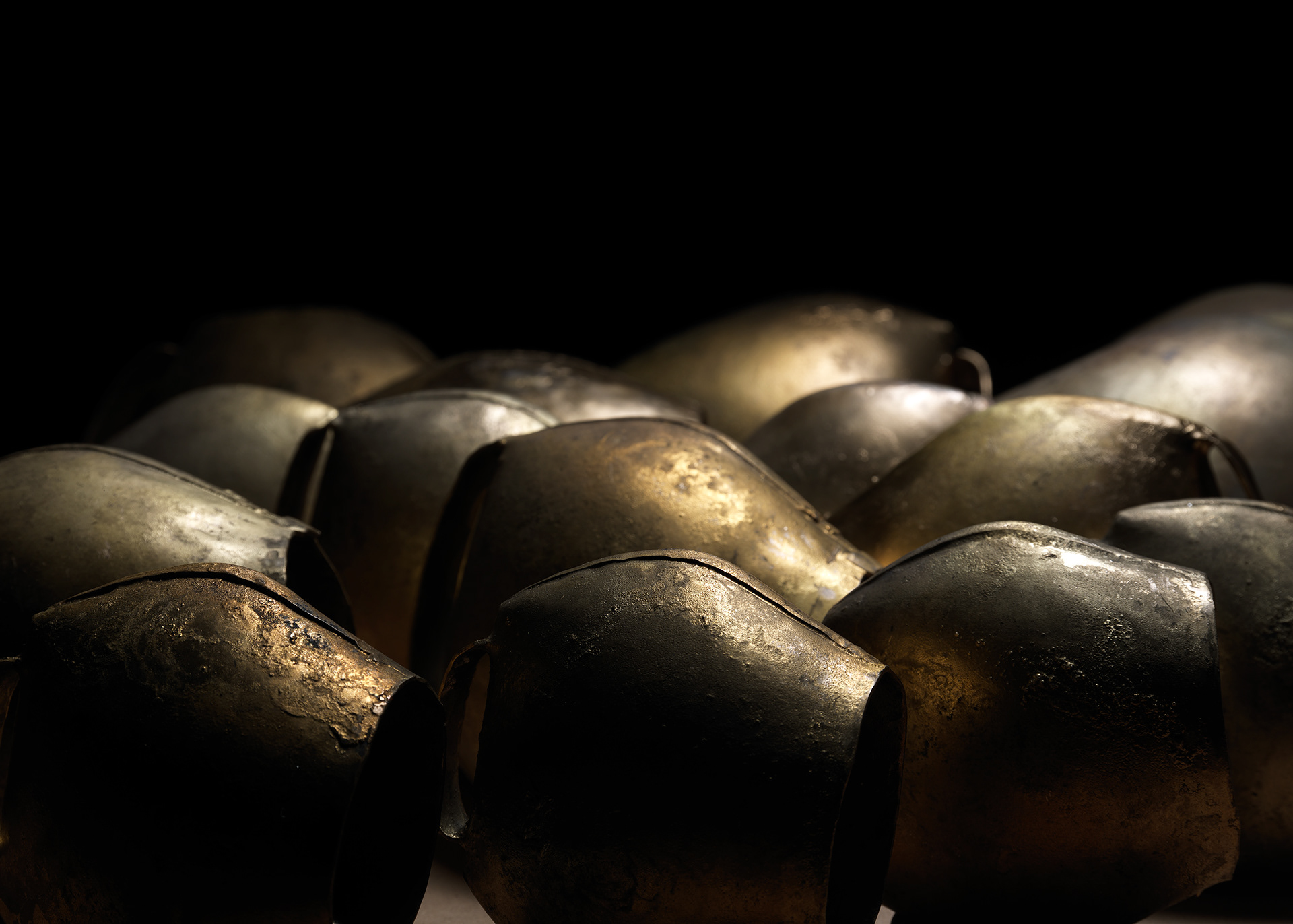


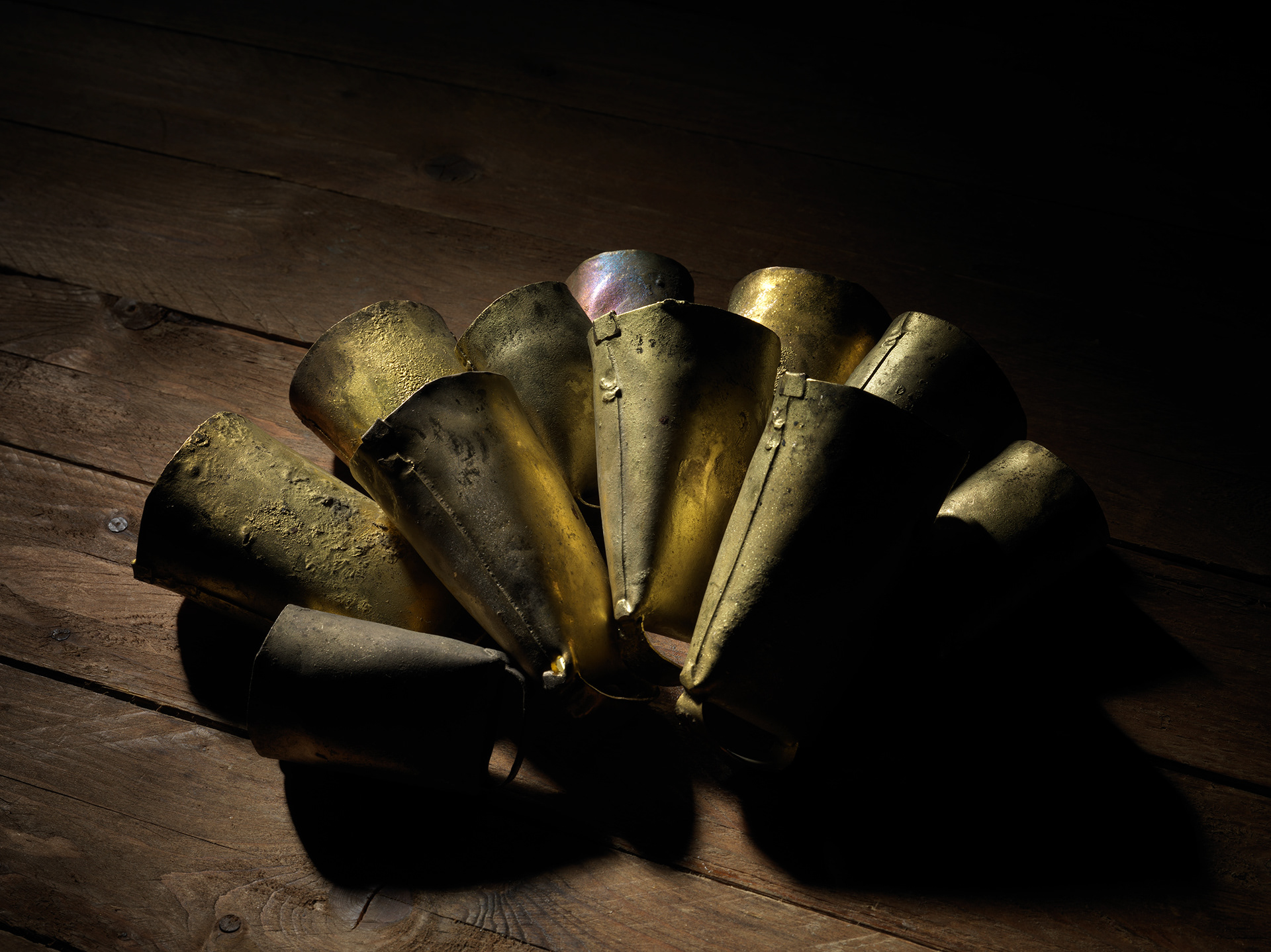



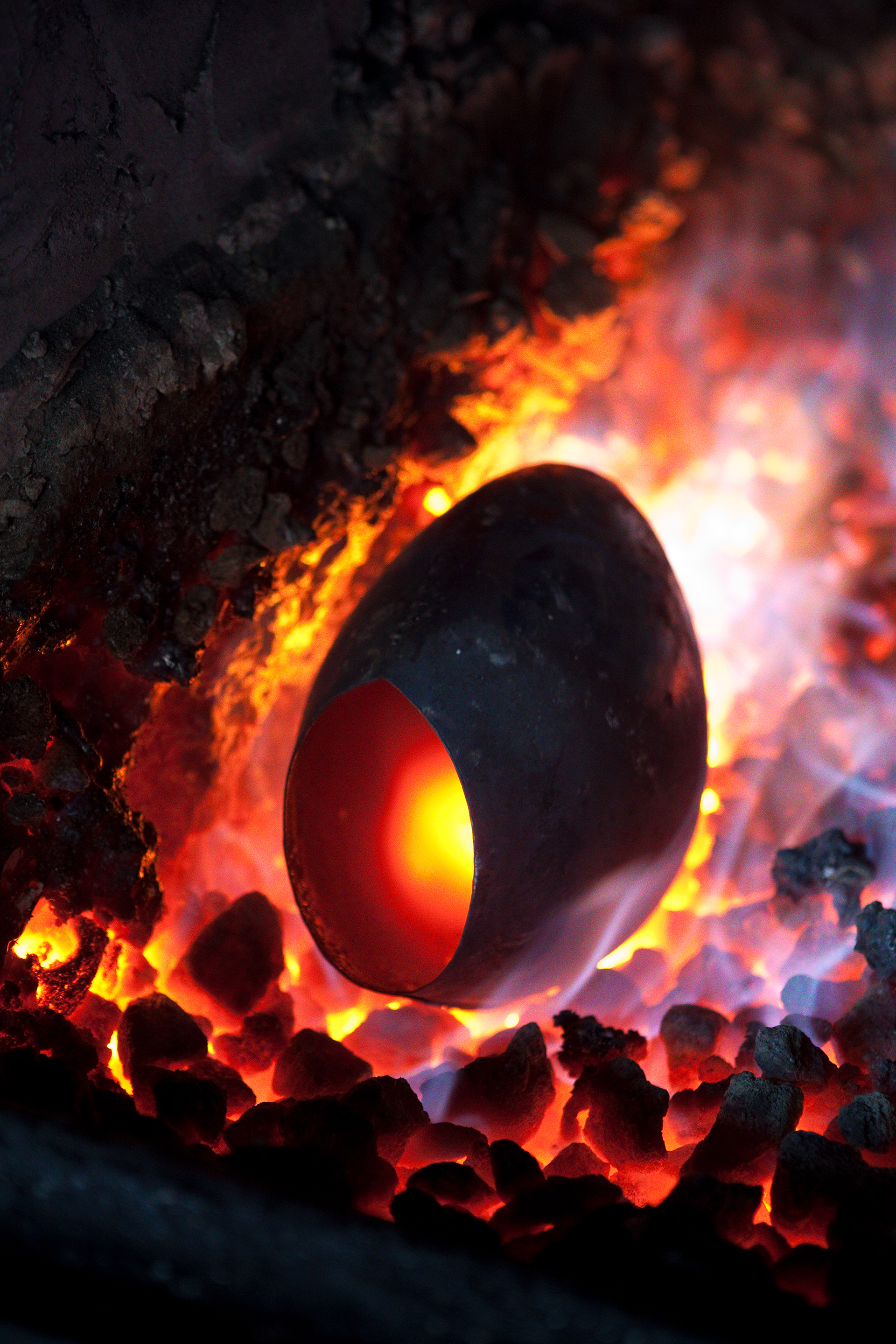


The (missing) objectivity of the object
Even before ideas or concepts, the world is home to different bodies and things, the first thrown tirelessly towards the second: the intention of the body is to spread itself out, through its actions, in the world of objects. In Latin the word ob-iectum was used to make sense of that which is before us, and that which is "external" to the thinking subject.
This "distance" allows man to settle on different points of departure from which materials become conceptual; become springboards from which man is launched towards building relationships with himself, with others and with the world.
The first way in which we touch the world is not with our skin. It is visual. We view the world with a tactile look, possessive; a look that is supported by our other organs, our collected experiences, building a "habit of knowledge." Moreover, remembering the thoughts of Merleau-Ponty, we can say that man's vocation is to meet the world through action.
But looking at the world through the lens of a camera exceeds the actual meeting, the reflexion corresponds to a visual reflection of mind: I do not just meet the world but welcome it in its own revelation.
Photography recreates the objects which abide within our everyday lives giving them new identities. Or maybe the opposite is true: stripping away their overwhelming identities in essence, gives new possibilities, frees their stories, gives new theories of their use.
In Sonazzos, Marco Ceraglia turns his lens towards subjects closely related to the island's customs, thereby accepting a sort of implicit responsibility: confronting tradition implies the ability to make a journey in two opposite directions at the same time, contemplating both the past and the future, embracing all that is linked to an object and, simultaneously, leaving it free to suggest alternative uses.
With this opening, the new vision becomes new experience, a kind of epiphany that revitalizes the dominating parts of the object itself by making our eyes see its new forms and colors as well as the new possibilities they reveal.
The images of the Sonazzos cycle are dominated by the recurrence of the curved line from which seems resonate echoes of sound, like a constant return, a rhyming couplet, low-pitched, and hot as hot are the shades of color that fill the frame, making the saturation of the dense images, tactile and hypnotic.
The photograph becomes a dialectic and offers the possibility of overcoming the objects living only as artefacts, the object now becomes a point of interest and therefore a point of thought. We are witnessing a revival - a Freudian concept - in which the object becomes the point on which we reconstruct a new individual collective memory..
Marco Ceraglia therefore decides to use the photographic element as way through which he disturbs the world as we know it and frees the eye and the mind from their binding paths. The object as a field on which our perception operates is wide open to new possibilities. Opportunities are reflected on our inner doors, which reveal assumptions about life.
Sonia Borsato



